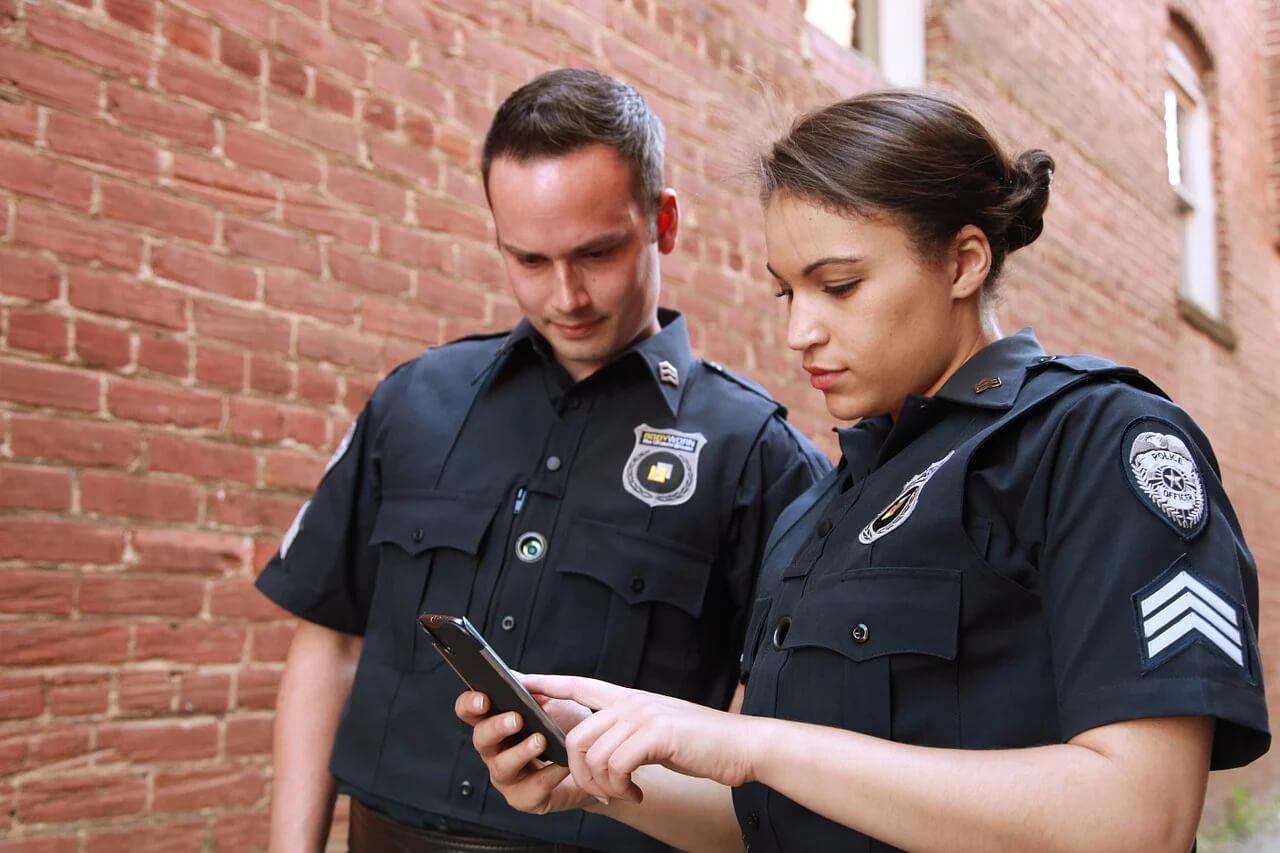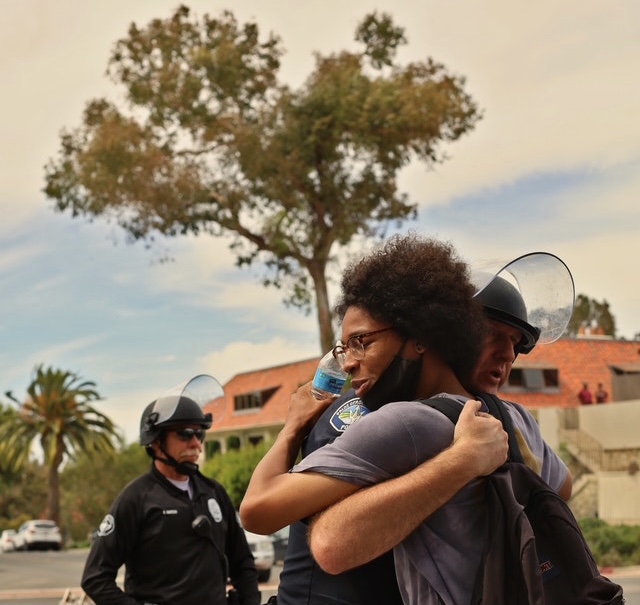What is Community Policing?
Community policing is a law enforcement philosophy that focuses on building relationships with community members to prevent crime and increase public safety. It involves a collaborative effort between law enforcement officers and community members to identify and solve community problems. Community policing strategies can help improve trust between law enforcement and community members, reduce crime, and increase community engagement.
Community policing is not a new concept, but it has gained popularity in recent years as police departments have recognized the importance of building relationships with community members. There are a variety of community policing strategies that police departments can use to improve community relations and increase public safety.
In this blog post, we will discuss ten community policing strategies that police departments can use to build trust with their communities and prevent crime.
Community Partnerships
One of the most important aspects of community policing is building partnerships with community members and organizations. Police departments can work with community groups, faith-based organizations, schools, and businesses to identify community problems and develop solutions. These partnerships can help build trust between the police and the community and improve communication.
Police departments can also work with community members to develop programs that promote public safety, such as neighborhood watch programs, community clean-up events, and youth mentoring programs. By working together, police departments and community members can create a safer and more connected community.
Additionally, police departments can partner with mental health professionals and social service agencies to provide support to community members who may be struggling with mental health issues or other challenges. By working with these organizations, police departments can help prevent crime and improve public safety.
Problem-Oriented Policing
Problem-oriented policing is a strategy that focuses on identifying and addressing the root causes of crime and disorder. Police departments can use data to identify specific problems in their communities, such as drug activity, gang violence, or property crime. Once these problems have been identified, police departments can work with community members to develop solutions that address the underlying causes of these issues.
Problem-oriented policing can be an effective way to reduce crime and improve community safety. By addressing the root causes of crime, police departments can create long-term solutions that prevent crime from occurring in the first place.
Police departments can also use problem-oriented policing to address quality of life issues in their communities, such as graffiti, littering, and panhandling. By working with community members to address these issues, police departments can improve the overall quality of life in their communities.
Community Policing Training
Police departments can provide training to their officers to help them better understand and implement community policing strategies. This training can help officers build relationships with community members, improve communication, and develop problem-solving skills.
Community policing training can include topics such as cultural competency, conflict resolution, and problem-solving. By providing this training to their officers, police departments can ensure that their officers are equipped to work collaboratively with community members to improve public safety.
Additionally, police departments can provide training to community members to help them understand the role of law enforcement and how they can work with police departments to promote public safety.
Community Engagement
Community engagement is a key aspect of community policing. Police departments can engage with community members through a variety of methods, such as community meetings, social media, and community events.
Community meetings provide an opportunity for police departments to hear directly from community members about their concerns and to work collaboratively to develop solutions. Social media can be an effective tool for police departments to communicate with community members and share information about crime prevention and public safety.
Community events, such as block parties and festivals, can provide an opportunity for police officers to interact with community members in a positive and non-threatening way. By engaging with the community in these ways, police departments can build trust and improve communication.
Procedural Justice
Procedural justice is a concept that emphasizes the importance of fairness and transparency in law enforcement. Police departments can use procedural justice strategies to improve community relations and increase trust.
Procedural justice strategies can include things like treating all community members with respect, explaining the reasons behind police actions, and providing opportunities for community members to give feedback on police practices. By using these strategies, police departments can improve their legitimacy in the eyes of the community and increase public trust.
Community-Oriented Policing
Community-oriented policing is a strategy that involves police officers working closely with community members to identify and solve community problems. This approach emphasizes the importance of partnerships and collaboration between police officers and community members.
Community-oriented policing can include things like foot patrols, bike patrols, and community policing substations. By working closely with community members, police officers can gain a better understanding of the community’s needs and develop solutions that are tailored to those needs.
Community-oriented policing can also involve problem-solving partnerships between police officers and community members. By working together to identify and address community problems, police departments can improve public safety and build trust with the community.
Data-Driven Policing
Data-driven policing involves using data to identify crime patterns and develop strategies to prevent crime. Police departments can use data to identify high-crime areas and to target their resources to those areas.
Data-driven policing can also involve using data to identify potential crime hotspots and to deploy resources to those areas before a crime occurs. By using data in this way, police departments can prevent crime before it happens and improve public safety.
Additionally, police departments can use data to track their progress in reducing crime and to identify areas where they need to improve.
Problem-Solving Partnerships
Problem-solving partnerships involve police officers working with community members to identify and solve community problems. These partnerships can be formal or informal and can involve a variety of community members, such as business owners, community leaders, and faith-based organizations.
Problem-solving partnerships can be an effective way to address community problems and improve public safety. By working together, police departments and community members can develop solutions that are tailored to the specific needs of the community.
Problem-solving partnerships can also help build trust between the police and the community. By working collaboratively, police departments can demonstrate their commitment to serving the community and to improving public safety.
Accountability and Transparency
Accountability and transparency are essential components of community policing. Police departments can demonstrate their commitment to accountability and transparency by being open and honest with community members about their practices and policies.
Police departments can also establish mechanisms for accountability, such as citizen review boards, to ensure that they are meeting the needs of the community and addressing community concerns. By being transparent and accountable, police departments can build trust with the community and improve public safety.
Additionally, police departments can use data to track their progress in meeting community needs and to identify areas where they need to improve. By being accountable to the community, police departments can demonstrate their commitment to serving the community and to promoting public safety.
Sources:
- “Problem-Oriented Policing.” National Institute of Justice, 12 June 2019, www.crimesolutions.gov/practice/problem-oriented-policing.
- Braga, Anthony A. et al. “Hot Spots Policing Strategies.” National Institute of Justice, 27 Feb. 2020, www.crimesolutions.gov/practice/hot-spots-policing-strategies.
- “Community Policing Defined.” Community Oriented Policing Services, U.S. Department of Justice, www.cops.usdoj.gov/aboutcops/whatiscp.
- “Problem-Solving Courts.” National Institute of Justice, 28 May 2021, www.crimesolutions.gov/practice/problem-solving-courts.
- Cordner, Gary W. and Jonathan H. Matusitz. “Police Community Relations.” Oxford Research Encyclopedia of Criminology and Criminal Justice, 25 Mar. 2020, doi:10.1093/acrefore/9780190264079.013.570.
- “Cultural Competence in Law Enforcement.” Office of Community Oriented Policing Services, U.S. Department of Justice, www.cops.usdoj.gov/cultural-competence.
- Tyler, Tom R. “Procedural Justice and Police Legitimacy.” National Institute of Justice, 14 Nov. 2017, www.crimesolutions.gov/practice/procedural-justice-and-police-legitimacy.
- “Social Media.” Office of Community Oriented Policing Services, U.S. Department of Justice, www.cops.gov
- “Restorative Justice.” National Institute of Justice, 12 Feb. 2021, www.crimesolutions.gov/practice/restorative-justice.
- “Community-Oriented Policing.” National Institute of Justice, 12 June 2019, www.crimesolutions.gov/practice/community-oriented-policing.
It’s important to note that the effectiveness of these strategies may vary depending on the specific community and context in which they are implemented. Police departments should carefully consider their local needs and consult with community members to determine which strategies will be most effective in promoting community safety and trust.
Additionally, the sources cited above provide additional information and resources for police departments and community members interested in implementing community policing strategies.








